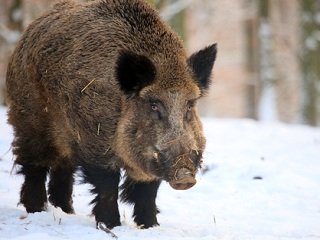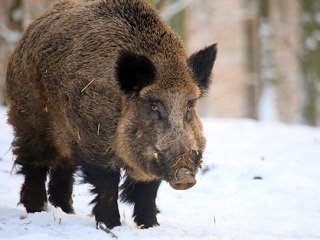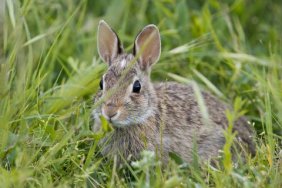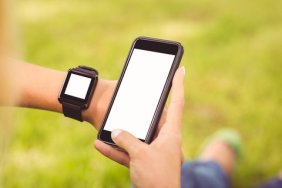 The first time I went wild hog hunting I knew absolutely nothing about them. I assumed they had poor eyesight because that’s what I heard one time. I also knew they had a layer of cartilage armor that helped protect their vitals, but that was that. My first hunt was a huge learning experience and I finally earned a trophy after two days of failed attempts. Here are a few tips I picked up.
The first time I went wild hog hunting I knew absolutely nothing about them. I assumed they had poor eyesight because that’s what I heard one time. I also knew they had a layer of cartilage armor that helped protect their vitals, but that was that. My first hunt was a huge learning experience and I finally earned a trophy after two days of failed attempts. Here are a few tips I picked up.
Contrary to popular belief, no one can “sweat like a pig.” Pigs have few sweat glands and can’t sweat for temperature control. This may be one of the reasons why they like to be active at night. Since hogs are basically available to hunt 365 days a year in nearly 30 states, and 10 of those allow night hunting, it makes sense to take up wild pig hunting during the offseason.
Whether you prefer a rifle or a bow, scent control should be a high priority. Regular scent control is helpful, but the only way to really outsmart a pig’s snout is to use the wind. Watch the wind and you will have the battle won. Staying downwind is always ideal but not practical. Quartering winds seem to always prevail when still hunting so use them wisely.
I’ve mentioned this before in previous articles, but pigs are spooky. They don’t wait around to see what danger they sense, they just bolt. I have been downwind standing silently and watched a sleeping boar jump up and never stop running away. There is no way they heard, smelled or observed me. They just seem to know when something is near and they won’t even give you an ear flinch before fleeing, so it is useless to expect them to give you a hint that they suspect you and it is useless to think you will get the chance to pause and restart a stalk. Just forget that fantasy and do your thing. They do have great hearing though. Those large ears hear everything.
Vitals are very forward on a pig. At almost every angle, their legs are covering a large portion of their vital organs so proper shot placement is needed. Don’t be fooled or intimidated by the rural legend that wild pigs have an impenetrable armor plate protecting their kill zones. The plate is very penetrable and it basically just a slab of cartilage that most bullets and broadheads can handle.
Don’t let it alter your shot selection process. It is true that the shooting area on a pig is small and different from a deer. One last thing to remember about that plate though when it comes to trailing blood; it will seal the hole if you fail to produce an exit hole, so lots of blood will not be very forthcoming.








